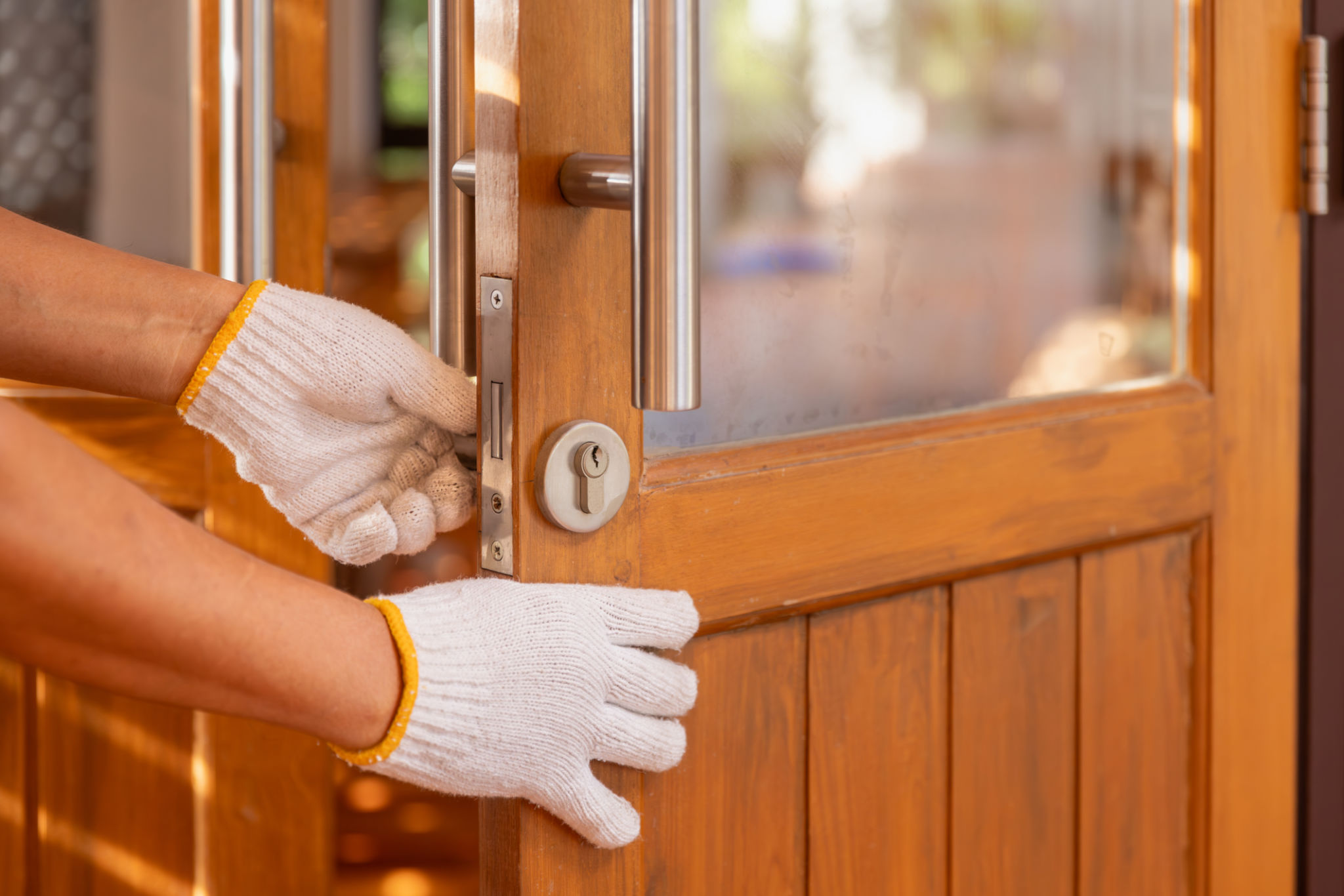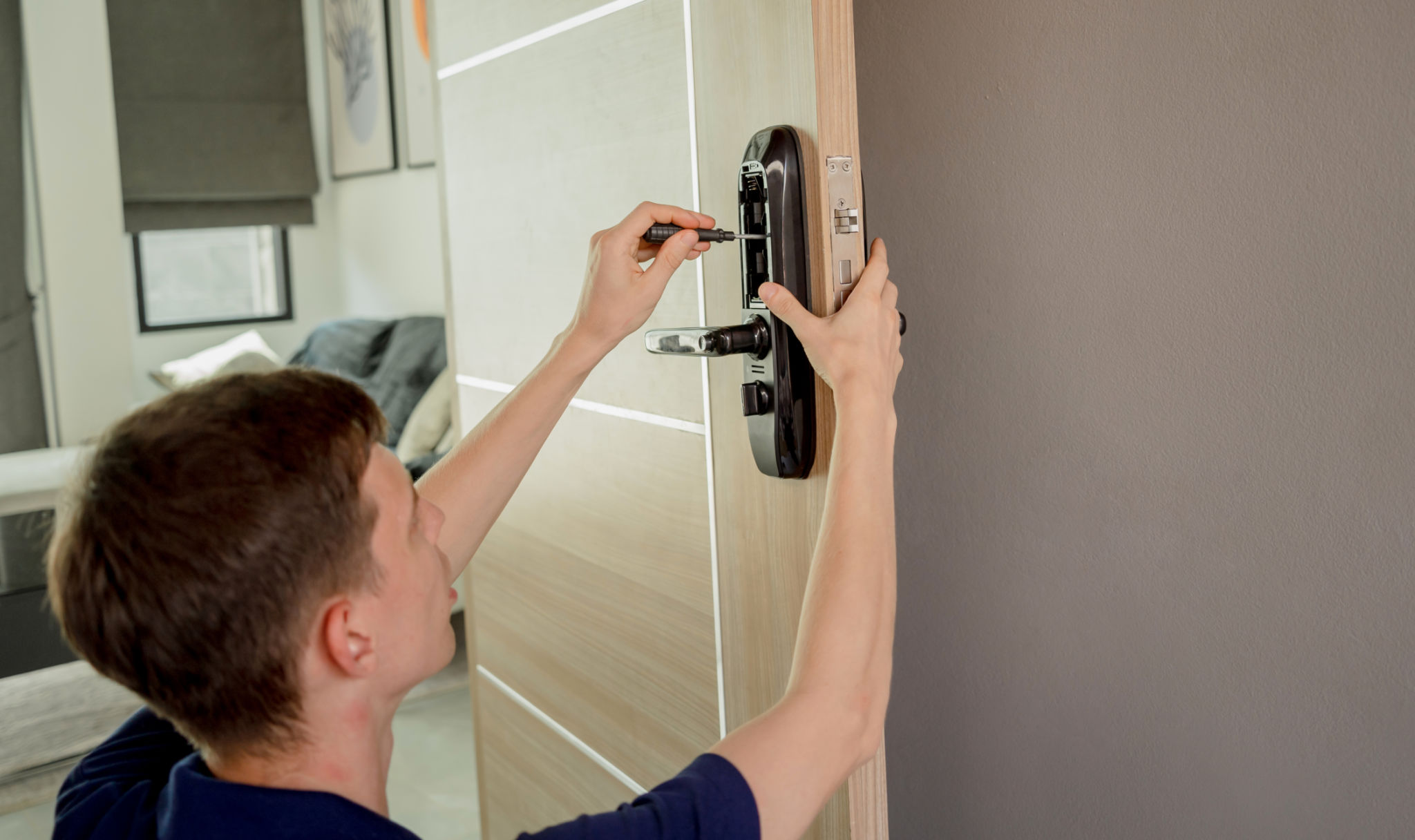The Complete Guide to Smart Lock Installation: Trends and Tips
Understanding Smart Locks
As technology continues to evolve, smart locks have become a popular choice for homeowners seeking enhanced security and convenience. These devices offer keyless entry, remote access, and integration with smart home systems. Understanding the different types of smart locks and their features is essential before installation.

Types of Smart Locks
Smart locks come in various forms, with the most common being deadbolt replacements, lever handle locks, and padlocks. Deadbolt replacements are ideal for traditional doors, while lever handle locks are perfect for doors without a deadbolt. Padlocks provide flexibility for gates and storage units.
Trends in Smart Lock Technology
Recent trends in smart lock technology focus on enhancing security features and user experience. Biometric authentication, such as fingerprint scanning, is becoming more prevalent, offering an added layer of security. Another trend is the integration of AI-powered voice recognition, allowing users to unlock doors through voice commands.

Integration with Smart Home Systems
Smart locks are increasingly being integrated with comprehensive smart home systems. This integration allows users to control locks, lights, cameras, and other devices from a single platform. Systems like Amazon Alexa, Google Assistant, and Apple HomeKit offer seamless compatibility with many smart locks.
Tips for Installing Smart Locks
Installing a smart lock can be straightforward with the right tools and preparation. Here are some tips to ensure a smooth installation:
- Read the instructions carefully: Each smart lock model comes with specific installation guidelines.
- Gather necessary tools: Common tools include a screwdriver, drill, and measuring tape.
- Ensure compatibility:
- Test the lock after installation:

Considerations for Installation
Before installing a smart lock, consider the compatibility with your existing door setup. Some locks may require specific door thickness or alignment. Additionally, ensure your Wi-Fi connection is stable if your lock supports remote access.
Maintaining Your Smart Lock
Once installed, maintaining your smart lock is crucial for its longevity and performance. Regularly update the firmware to benefit from security patches and new features. Clean the lock’s exterior with a damp cloth to prevent dust buildup.
Troubleshooting Common Issues
If you encounter issues with your smart lock, such as connectivity problems or battery drain, consult the user manual or manufacturer’s website for troubleshooting tips. Ensuring your device is up-to-date can often resolve many common issues.

The Future of Smart Locks
The future of smart locks is bright, with innovations focusing on increased security and convenience. As technology advances, we can expect to see more sophisticated features like facial recognition and enhanced AI capabilities, making smart homes more secure and user-friendly than ever before.
